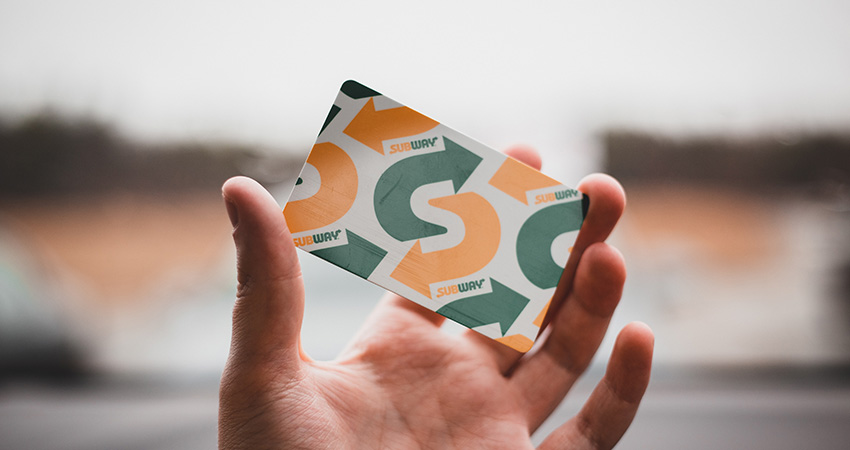Today, the retail industry loses over $100 million per year to coupon fraud or mis-redeemed coupons. But that amount only scratches the surface of what is truly lost when counterfeit coupons go unchecked. For a retailer, additional direct and indirect costs can make coupon fraud a significant issue, reducing total profitability and damaging relationships with shoppers and key industry partners.
Retailers Often Take Direct Losses
While most retailers take deductions from CPGs for denied coupon payments, there are instances where retailers absorb direct losses from coupon fraud that can’t be recovered. Here are a few examples:
- Counterfeit coupon images are easily captured on mobile devices, and will scan at checkout. When this occurs, there is no paper source document, so the retailer has nothing to claim and must absorb the loss
- Coupons are sometimes scanned multiple times, usually with “good on next shopping order” or NSO coupons where no specific purchase is required. The NSO coupon can be scanned multiple times, but only the original coupon gets submitted. This often happens at self-checkout, where the transaction is not closely observed.
- Non-deductible chargebacks, specifically in regulated categories like alcohol and tobacco, create direct costs for retailers.
Everyone Pays Soft Costs; Retailers Pay More
In addition to real dollar losses and opportunity costs associated with coupon fraud — which both CPGs and retailers are forced to absorb — there are significant soft costs that are primarily incurred by retailers, such as:
- Delayed checkouts from coupons that don’t scan, or significant numbers of fraudulent coupons used in a transaction
- Longer checkout lanes, leading to shopper frustration
- Cashier/shopper friction when coupons don’t scan.
- Shelf-clearing: fraudsters who use large quantities of counterfeits, or who mis-redeem legitimate high-value coupons on lower-value items, often create significant out-of-stocks
- Coupon fraudsters often perform other criminal acts, such as shoplifting, while in the store.
- Chargebacks (deductible or non-deductible) take time and energy to manage.
Would you rather subsidize coupon fraud or drive sales and deliver more value to shoppers?
Some CPG brands use trade funds to cover retailer deductions from counterfeit coupons. Rather than allocating these dollars to their shopper marketing teams to run retail promotions, they are using them to cover the write-offs. In fact, according to a recent Inmar survey, 64% of CPGs are applying trade funds to cover deductions due to coupon fraud. This practice is diverting marketing funds from retail category managers, who might otherwise use them to drive incremental revenue and deliver more value to customers.
The general industry benchmark is that merchandising funds drive a return on investment of about 3:1, generating $3 in incremental sales for every $1 of trade funds invested in merchandising. However, when brands are forced to use them to cover retailer deductions for coupon fraud, they limit their ability to drive increased sales at that retailer.
Everyone is Responsible for Mitigating Coupon Fraud
Understanding the negative direct and indirect impact counterfeit coupons has on retailers — and the industry at large — the question becomes, who should be responsible for mitigating coupon fraud and who should cover the costs?
According to our recent CPG survey, retailers, manufacturers and other industry players should share the responsibility and the financial burden. In our survey, 52% of respondents believed that manufacturers should be responsible for mitigating fraud, 50% stated that retailers should be responsible, and 39% said that other industry partners — such as associations or vendors — should bear responsibility. This level of distribution indicates that ending coupon fraud should be a team effort, driven by stakeholders with some level of influence over the coupon distribution and redemption process.
We all share responsibility for:
- Educating consumers about where to access legitimate coupons
- Taking preventative measures to offset the likelihood that counterfeit coupons are scanned
- Using technology to detect counterfeits at the point of purchase
- Applying data science and analytics to catch fraudulent offers and behavior before they have the chance to go viral
It’s going to take a full team effort to create an effective way to end coupon fraud. But together we can do it. If we don’t, then it will continue to cost businesses and shoppers.
John Helmle is EVP and president of FinTech at Inmar Intelligence

